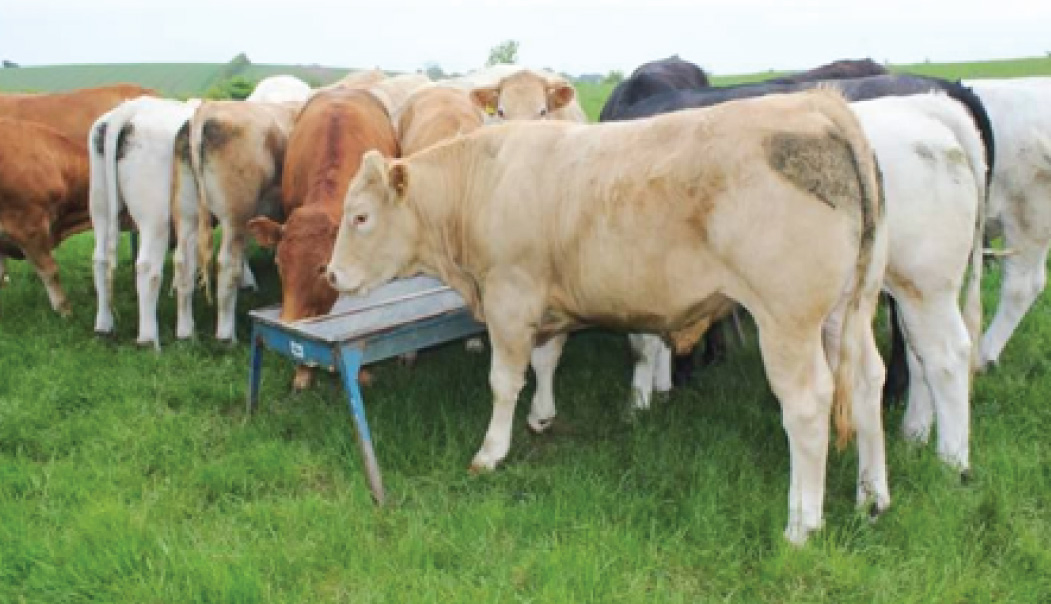FOLLOWING several weeks of good growing and grazing conditions the quality and supply of pasture appears to be very good on visual appearance. However, do not be misled by appearances. As the summer progresses into early autumn grass quality will decline therefore farmers aiming to slaughter cattle in the back end should consider introducing concentrates at grass. It is still crucially important however to maintain grass quality for as long as possible. Be it topping and good clean outs.
Late summer/autumn grass although it appears quite leafy, has a lower energy content (lower soluble sugars) and generally a lower dry matter content than spring or summer grass of similar appearance. This simply means that grass this time of the year in normal conditions has not got the energy concentration to support high performance in the finishing stages.
Guidelines from feeding trials at Grange indicate that there is an economic response to feeding 0.5 kg concentrates per 100kg liveweight (3kg to a 600kg steer) when grass is plentiful and 1kg concentrates (6kg to a 600kg steer) when grass is scarce.
Late summer/autumn grass is very high in crude protein in the range 18-22pc, so rations for finishing on grass should be of high energy ingredients e.g. cereals and pulps. Straight cereals such as rolled barley or mixes of barley/wheat and maize by products are also suitable.
Suckler herds are gearing up for calving autumn cows and for creep feeding spring born calves:
- At this time of year, almost all sucklers will calve while outdoors. But make sure you have everything ready for action indoors, just in case you need to assist in any births.
- Have your cows in a paddock beside the yard.
Feeding dry sucklers:
- It is important that you don’t have sucklers over-conditioned at calving. Ideally, cows should be dried off in the condition you would like to calve them in. Suckler cows that are too fat at calving tend to have more difficult calvings, and metabolic disorders, such as milk fever and held cleanings.


